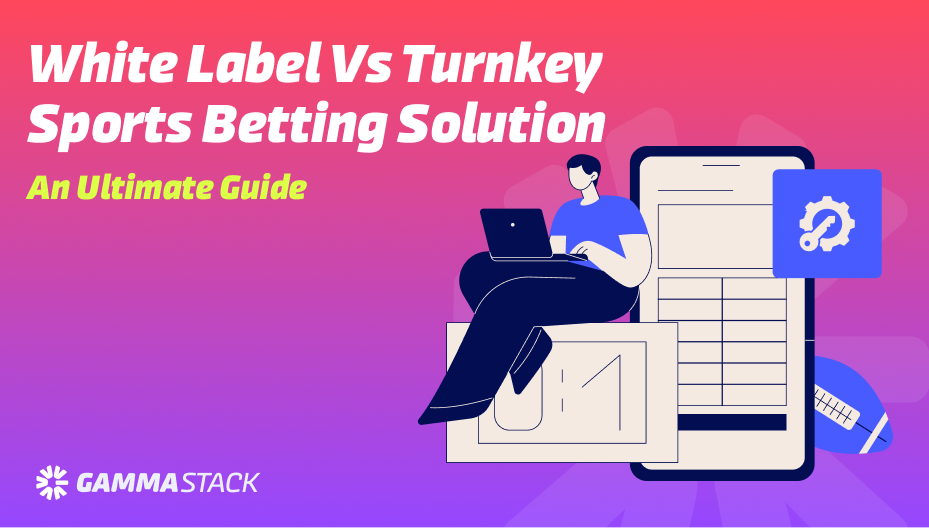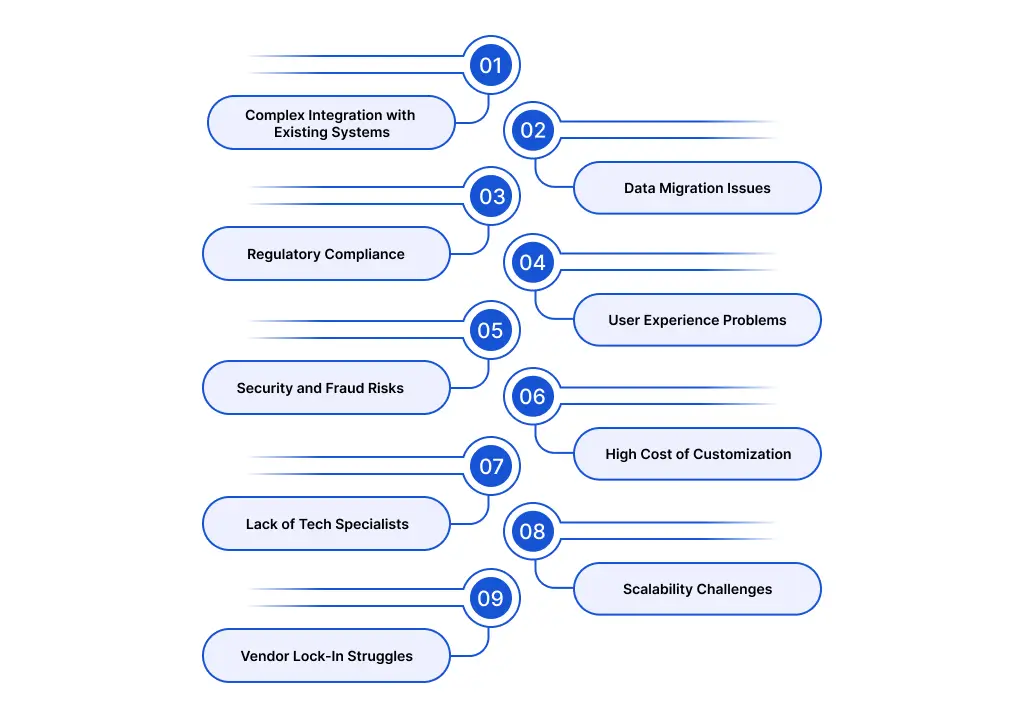

But putting them in place isn’t always easy. For example, if a provider switches iGaming PAM software in mid-season, it can cause hours of downtime. Poor planning and slow data transfers can hurt the business fast. Many sportsbook operators face issues with tech limits, security, and user experience. Getting PAM right matters more than ever.
Let’s look at what makes it tough. But first, let’s start from the basics.
What is PAM in Sports Betting?
With PAM, operators can offer a smooth and secure betting experience. It’s the backbone of running a smart and trusted sports betting business. A strong iGaming PAM software means better control and happier players.
Challenges Faced by Sportsbook Operators While Implementing PAM Systems in Sportsbook

While sportsbook PAM software are useful, sportsbook operators face many problems when using them. These problems can slow things down, raise costs, or make the user experience worse.
Let’s check out!

Complex Integration with Existing Systems
One big challenge is connecting the PAM system with other sportsbook tools. These tools can include payment systems, game providers, odds feeds, and support platforms. If the PAM system does not work well with these, it can lead to delays, errors, or missing data.
Most sportsbooks use existing features or third-party tools. Adding new PAM software then needs more time, expert developers, and thorough testing. If the integration is not smooth, it can cause the system to slow down or stop working. This can lead to unhappy users and lost business.

Data Migration Issues
Moving from an old system to a new PAM means transferring large player data files. These files hold usernames, passwords, bet histories, and payment records. If anything goes wrong during this process, data might get lost or damaged.
Data transfer also needs to follow strict data protection rules. This is applicable especially in regions with strong privacy laws. Operators need to ensure that all personal and financial information is transferred securely. Even one small mistake can lead to customer complaints or legal trouble.

Regulatory Compliance
Every country has different online betting laws. PAM software must match these rules. That means age checks, KYC checks, AML tests, and self-exclusion tools. Some PAM systems may not come ready to handle these rules. That means operators must customize or upgrade the system to follow local laws. This can add to costs and take more time. If the PAM doesn’t comply, the sportsbook can face fines or lose its license.

User Experience Problems
A good PAM system should make it easy for users to log in, check balances, place bets, and withdraw winnings. But if the system is slow, confusing, or buggy, users will get frustrated and leave.
Some PAM tools lack strong front-end support. They run well behind the scenes but feel clumsy on mobile or in user flows. Operators must then build extra front-end layers, adding work.
EXPLORE MORE BLOGS FROM VARIOUS CATEGORIES

Security and Fraud Risks
Sportsbook operators handle sensitive data, such as player identity and payment information. If the PAM software has weak security, it becomes a target for hackers and fraudsters. Common risks include fake accounts, identity theft, and bonus abuse. Operators must make sure the sportsbook PAM software has strong security features. Key features include multi-factor authentication, real-time alerts, and fraud detection tools. Otherwise, it could lead to major financial and reputational losses.

High Cost of Customization
No two sportsbooks are exactly the same. Each business may need special features. These can include loyalty programs, betting limits, or support for many currencies. Many PAM systems don’t offer these features out of the box. Operators then need to pay for custom development, which can be expensive. Even worse, every change needs testing and updates, which take more time and resources. For small to mid-sized sportsbooks, this can be a major hurdle.

Lack of Tech Specialists
Not every sportsbook has a large tech team. Many rely on external vendors for system setup and updates. If the in-house team doesn’t understand how the PAM system works, they can’t fix problems or make changes quickly. Training staff to use and manage the PAM can also take time. And if the system has poor documentation or support, it becomes even harder to handle issues on time.

Scalability Challenges
As sportsbooks grow, they need to support more users, bets, and data. Some PAM systems are not built to scale. They may work fine for a few hundred users but start to lag or crash with larger traffic. Operators need to choose a PAM system that can grow with them. Otherwise, they may face downtime during big sporting events. They can even struggle to support users across many regions.

Vendor Lock-In Struggles
Some platform providers build PAM systems that are closed and hard to change. These closed setups can limit your choices and make it difficult to switch vendors later. They also make it harder to add new features or adjust the platform for different players or markets. This can slow down growth and stop you from standing out.
Many smart operators today want more control. They are choosing open, modular PAM systems. These systems use API-based tools, which means you can connect other services and features more easily. With this kind of setup, it’s simpler to shape the platform around your business goals and move fast when the market changes.
It’s crucial to work with a trusted software provider experienced in sportsbooks. Look for one that offers flexible, secure, and easy-to-integrate PAM solutions.
Choose wisely, as your platform’s success depends on how well you treat your players.
Looking To Implement PAM In Your Sportsbook?
Integrate Fully Functional & Robust PAM in Your Sportsbook with GammaStack
GammaStack helps you to add a powerful, flexible and scalable PAM (Player Account Management) system to your sportsbook. This system lets you manage user accounts, track player activity, and handle payments—all in one place. It supports real-time data, keeps user info safe, and makes daily operations smooth. Whether it’s handling bonuses, player limits, or KYC checks, the PAM does it all. GammaStack’s sportsbook PAM software is built to handle large traffic and gives you full control over your platform. It also connects well with other tools and software. Our PAM systems also support 3rd party integrations, offering you complete control.
Make your sportsbook smarter and safer with GammaStack’s powerful PAM software.
Frequently Asked Questions (FAQs) on Challenges of PAM Systems in sportsbook
A PAM system is essential for a sportsbook. It manages tasks like player sign-ups, identity checks, payment processing, game access, points tracking, and rule enforcement. This connects many components, which makes the setup challenging because each part must function correctly.
Integrating a PAM system with a sportsbook is hard. You must link it to payment gateways, game providers, and CRM tools. Legacy systems often clash with new software. Moving player data takes time and can cause errors. Custom code work may be needed.
PAM systems must check each player’s ID and age. This needs ID scans, document checks, and KYC steps. You must also prevent fraud and stolen accounts. Too many steps can slow sign-up and hurt user experience.
PAM software holds player data and must meet security rules. They need encrypted storage, access controls, and breach response. US laws like CCPA or PCI DSS require strong data protection. Failing to comply can bring fines and lost trust.
Moving player accounts from an old system to a new PAM requires careful data mapping and user privilege management. Legacy PAMs often have different security models than cloud-native ones, making migration complex.






